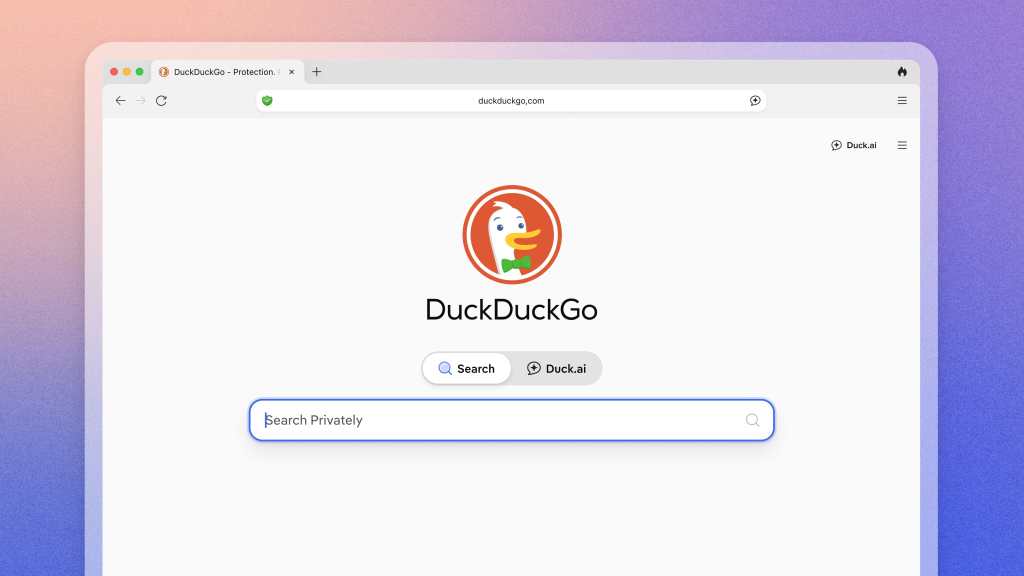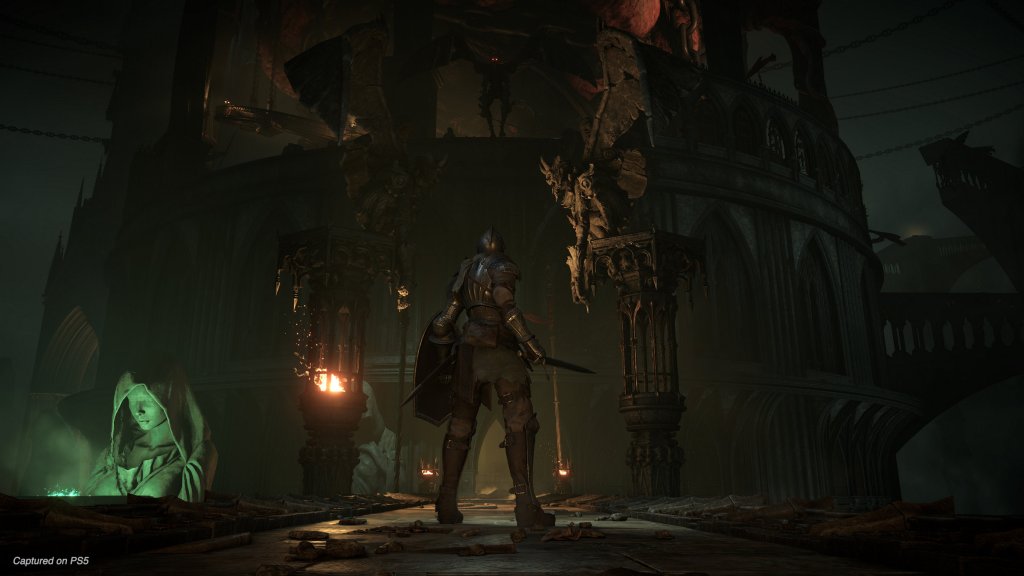One question that’s posed every new console generation is “When will games finally run at 60 frames-per-second across the board?” It never happens, with developers always erring on the side of throwing cooler stuff on the screen, and folks chasing the 60 FPS lifestyle being forced to buy a PC and an expensive graphics card. And yet, the dream lives on.
The new Xbox and PlayStation may not be revolutionary, but there are a lot of important shifts happening alongside them. In the past, only PC owners had the opportunity to tweak graphical settings to their liking, but with the PlayStation 5 and new Xbox machines having to support both 4K and 1080p resolutions, those concepts have made their way into consoles.
Videos by VICE
On the PS5, where I’ve spent most of my time the past few weeks, this is typically conveyed as choosing between a “performance” or “resolution” mode. In performance, frame rate is emphasized, often resulting in a slightly less sharp image but one that’s really dang fast. In resolution, everything is crisp but it’s notably slower. That’s the key thing: it’s very notable.
Not just notable, even. It looks bad.
Demon’s Souls starts in performance mode, while Miles Morales starts in resolution mode. I flipped Demon’s Souls over to resolution mode—technically, it’s called “cinematic” mode— and was immediately taken aback by how much worse it looked. By comparison, it felt unplayable. After looking up some frame rate tests of the game, it confirmed my suspicion that one mode runs at 60 FPS and the other runs at 30 FPS. I’ve been just fine with 30 FPS—heck, that’s the frame rate I originally played Demon’s Souls in on PlayStation 3.
There is nothing wrong with 30 FPS. There is nothing wrong with less than that! I have—and still do—play games with lower frame rates. Why else do I spend most of my time with an underpowered console like the Switch? Philosophically, I wish the medium was less obsessed with such technical details, even if I acknowledge it’s vitally important to some genres, like fighting games, and that, in general, it’s nicer when video games run faster. I also think it’s great that console owners have an opportunity to customize their games.
What’s unique about this situation is how you can switch between the two modes in an instant. Within seconds, you can swap between the two and see the difference instantly.
When it’s possible to put these two ways of looking at a video game side-by-side, I find myself going with the faster one, over and over. I ran into the same problem with Godfall, and I’m now afraid to test Miles Morales out, because I’ve spent a bunch of hours playing the game in a mode that emphasizes its fancy ray tracing effects over frame rate. There has never been a moment where I’ve played Miles Morales and been upset about the frame rate.
But if I flipped things over? I might never go back.
Next-gen video games are breaking my brain, folks. Prior to these new consoles, I didn’t think 4K would matter very much to me—heck, figured I might not even be able to notice the difference. Bzzt, wrong. 1080p is now fuzzy, long live 4K. That’s less surprising to me, however, than my reaction to the different ways frame rate is handled this time around.
Am I now a frame rate snob, the kind of person I used to roll my eyes at online? I’d like an option to turn that part of my brain off, please.
Follow Patrick on Twitter. His email is patrick.klepek@vice.com, and available privately on Signal (224-707-1561).
More
From VICE
-

Photo: dbvirago / Getty Images -

Credit: DuckDuckGo -

Photo: Oleg Breslavtsev / Getty Images -

Photo: HEX / Getty Images
